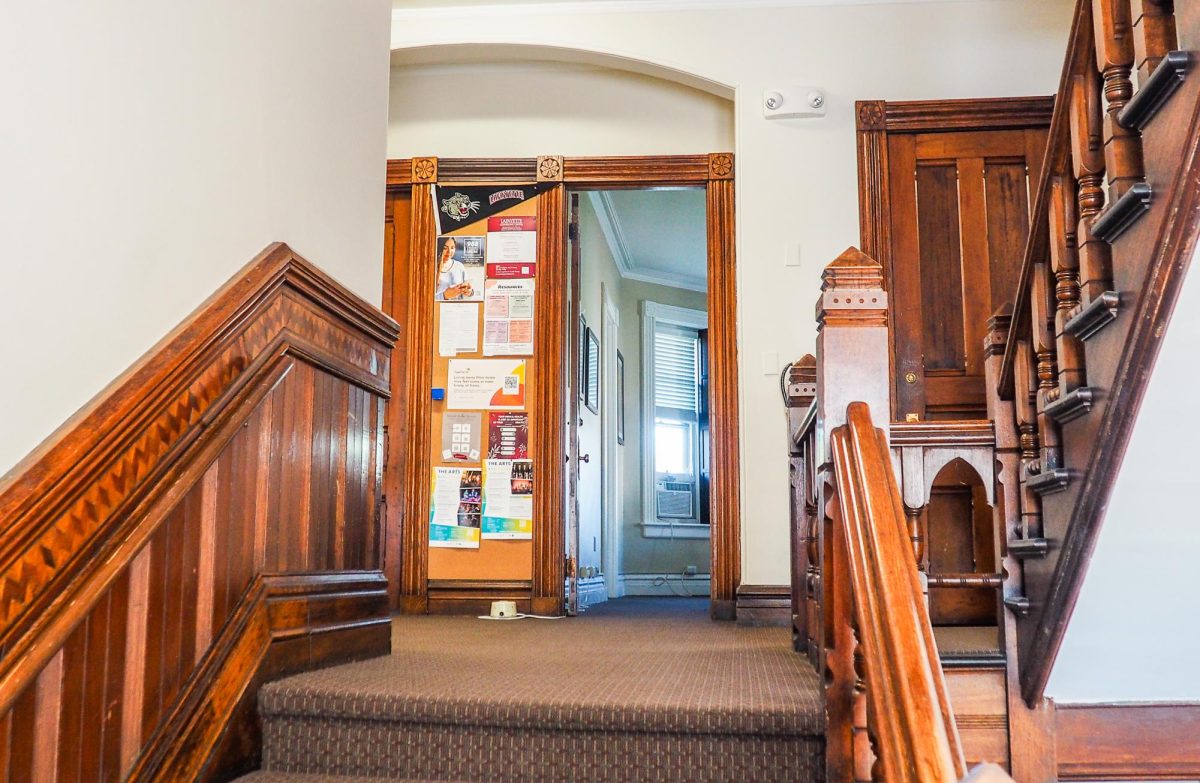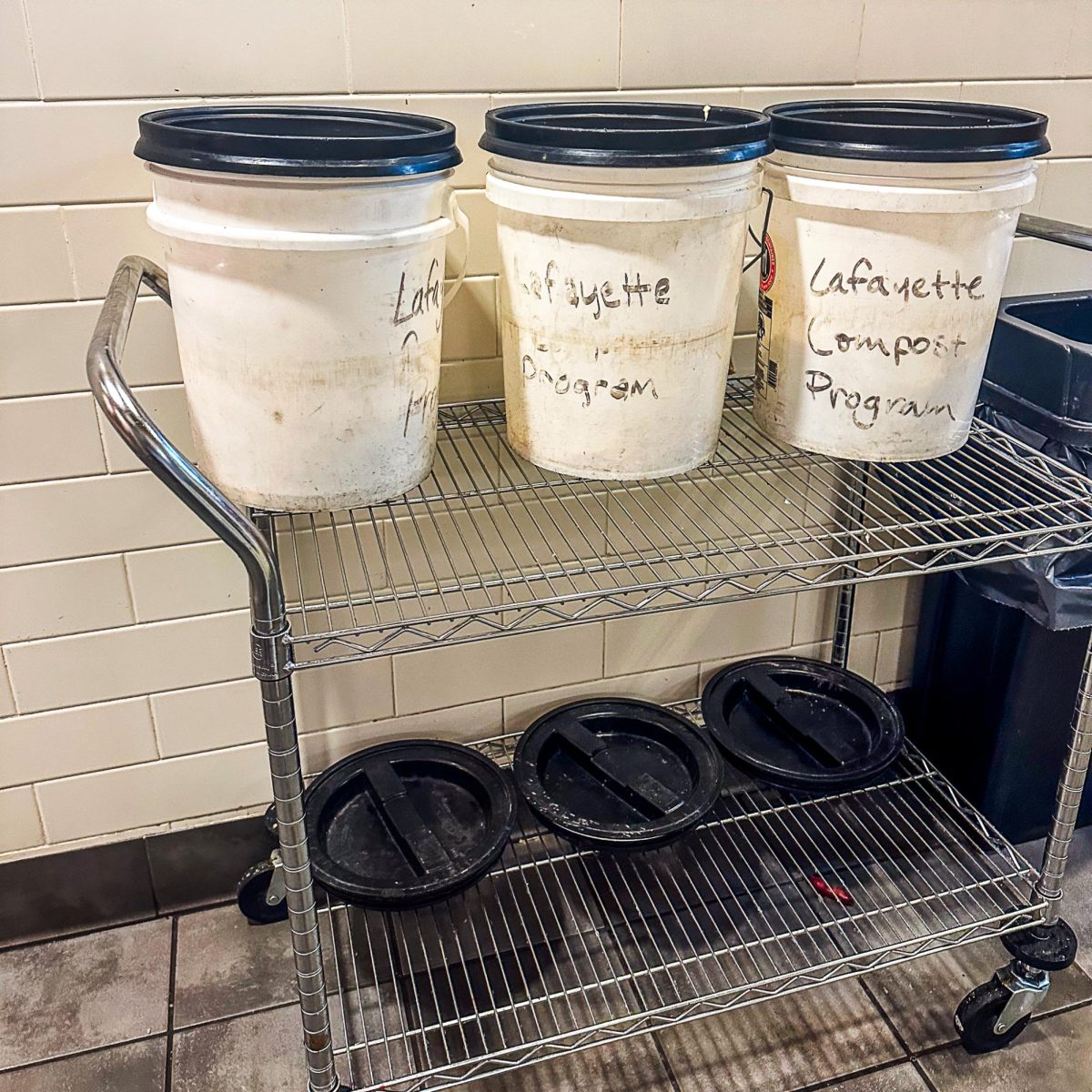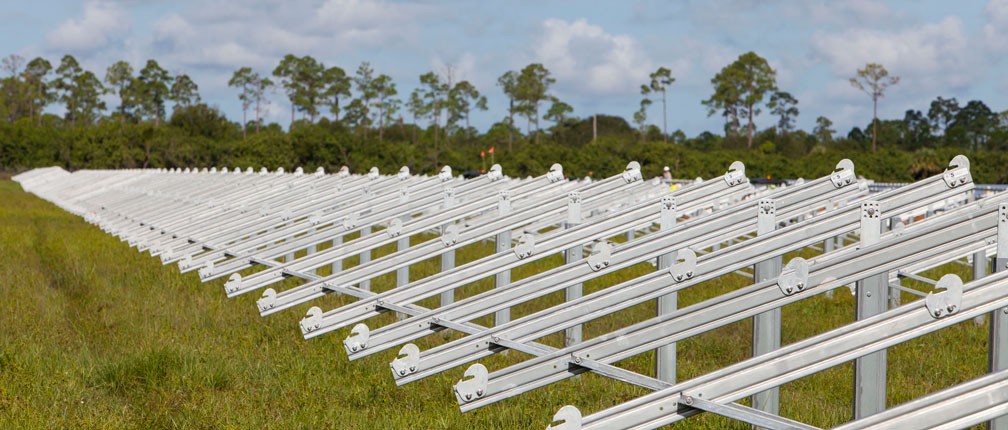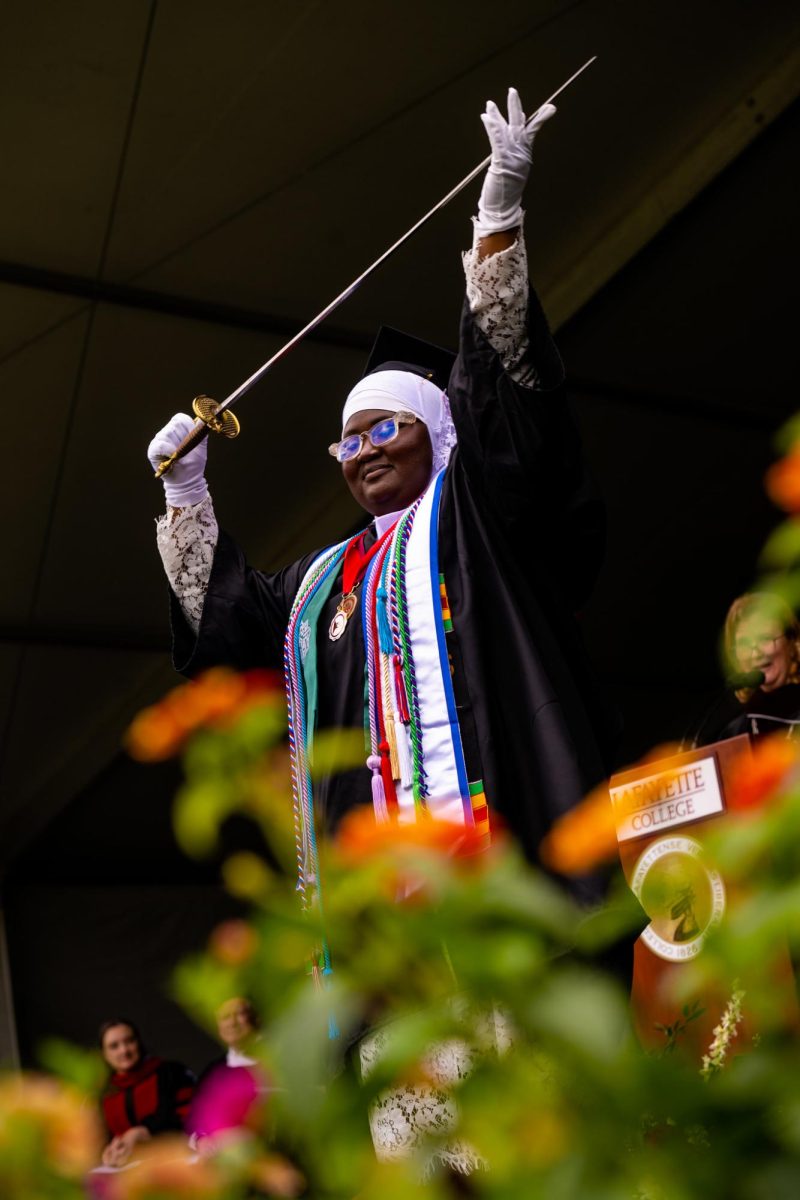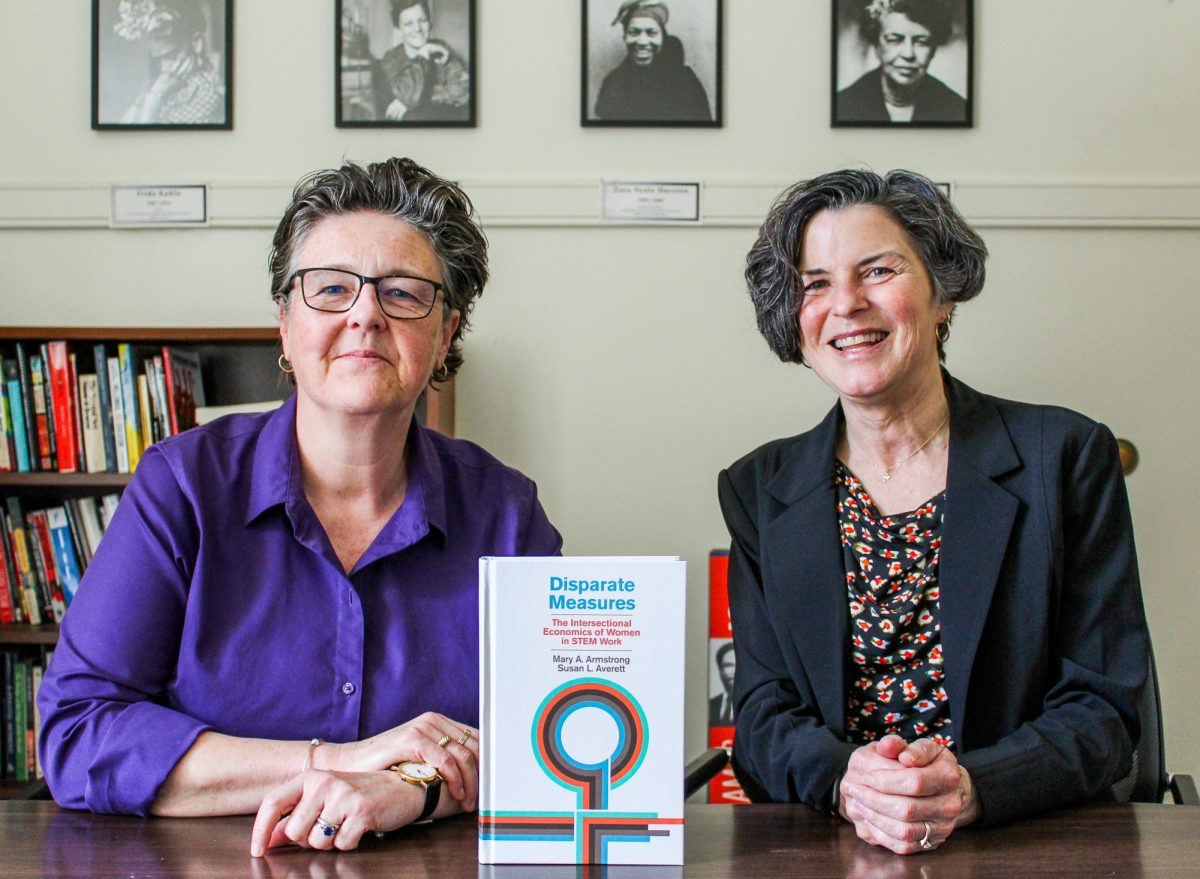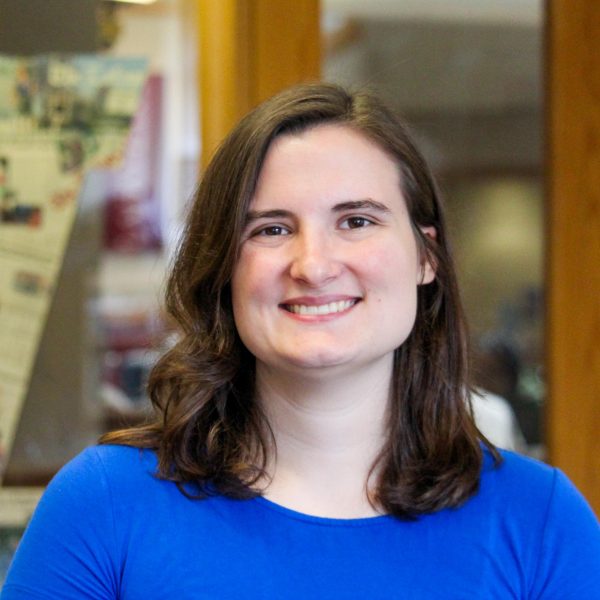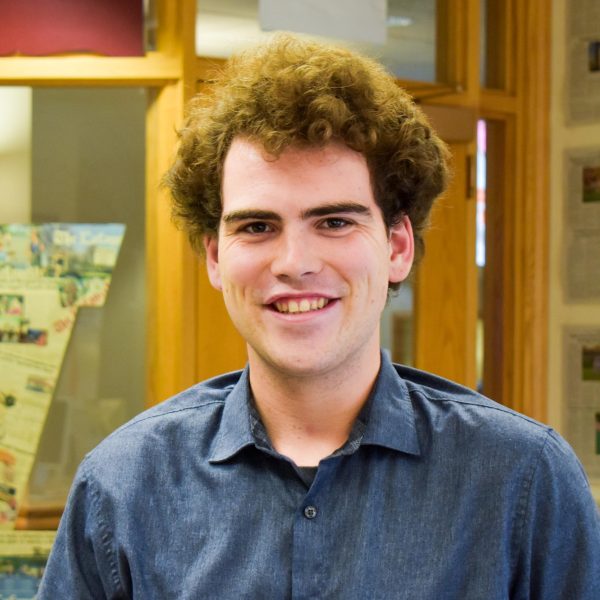Professors Mary Armstrong and Susan Averett spent over eight years working together to publish their book, “Disparate Measures: The Intersectional Economics of Women in STEM Work.”
“We were interested in the mythology that STEM professions are going to create social justice for diverse women,” said Armstrong, the chair of women’s, gender and sexuality studies program. “We both saw the same national narrative, which is, if everyone goes into STEM, especially women of color, diverse women, generally, STEM is going to right economic injustice, systemic injustice.”
Using data from the United States Census Bureau, the pair created eight case studies where they looked at the income of STEM-employed Black, American Indian and Alaska Native, Asian and Pacific Islander, Hispanic and Latino, foreign-born, disabled and queer women and mothers.
“We were looking at the different groups, what they experience in the workplace,” Armstrong said. “The economics comes in because it helps us measure, ‘Are the promises of STEM really, really true?’ It also helps us say to diverse groups [that] we see their experience and we tried to help articulate that experience through economics.”
Armstrong and Averett’s relationship began long before the start of this eight-year project when Armstrong was in charge of creating a women’s and gender studies advisory committee and invited Averett, an economics professor, to join. They were both interested in each other’s work and wanted the opportunity to bridge the gap between the two disciplines.
After years of working together, their research and learning continue to make their way into their classrooms.
“I started incorporating the idea of categories and data, where do we get them and what do they mean, early on in what you might call the infancy of the book, as Mary starts teaching me a little bit more about some of these things I hadn’t thought about before,” Averett said.
“It has seeped into my teaching as well,” Armstrong said of the book’s material. “I teach a course called ‘Gender and STEM,’ and it’s inevitable that the work of the book would start to have an effect on how I think about groups and data and categories.”
Both Armstrong and Averett are excited to have their book published because it allows them to share their findings in hopes that it will make social changes.
“We want to get it in the hands of policymakers,” Averett said. “We want to get in the hands of people in Silicon Valley. We want to get in the hands of people who are poised to make the kind of change that we think needs to be made.”
Although they are still in the process of publicizing the book, Armstrong and Averett have already started their next project. Based on the interests explored in the book, they are researching and writing an article about the health of queer women in STEM.












